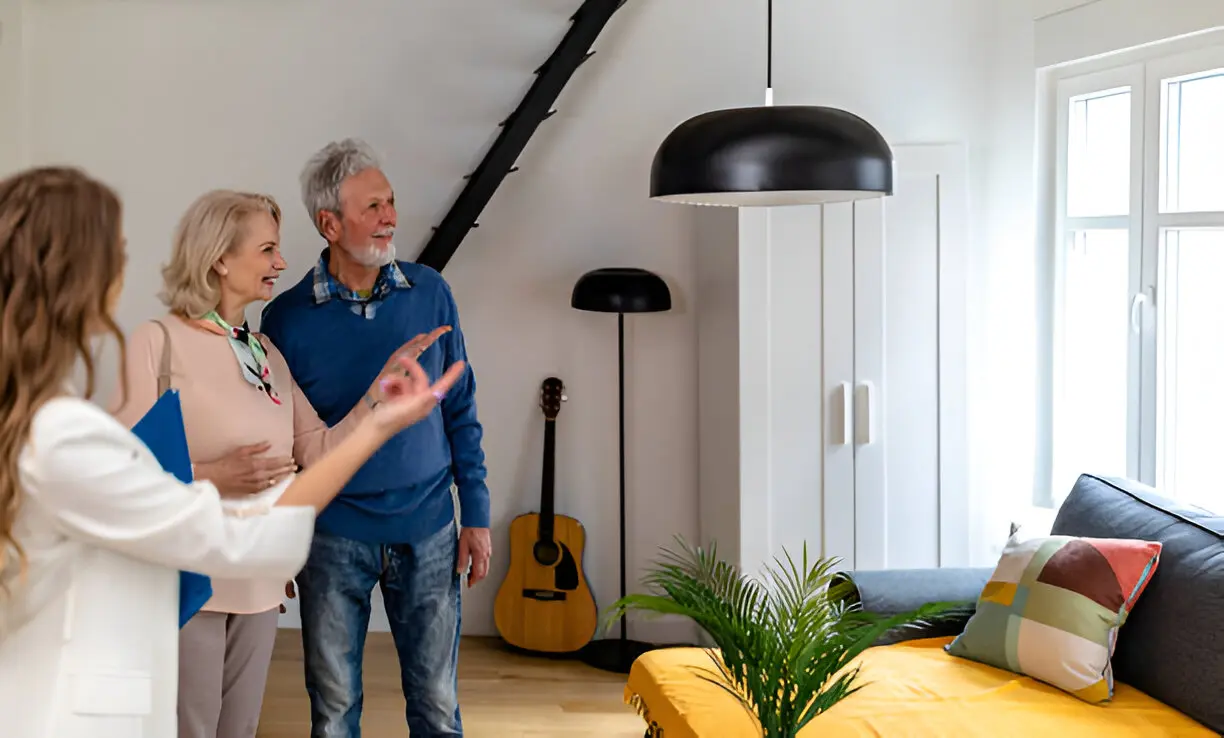Assisted living isn’t surrendering independence, it’s preserving it in a safer, more innovative way. The right living space plays a major role in that. For many older adults, a studio apartment provides the best fit. It’s compact, efficient, and specifically designed to support aging. With fewer hazards and smarter layouts, studios let residents stay independent longer while still having access to support when needed.
Studio Apartments are Safer
Studio apartments offer simplicity. No stairs. No wasted space. No long walks from bedroom to bathroom. These units are designed for safety in assisted living communities. Grab bars, walk-in showers, and emergency call systems are standard. Everything you need is within reach. That’s the point. Fewer steps mean less fall risk. An assisted living studio apartment reduces complexity without sacrificing comfort or access. Fewer rooms mean less clutter. This layout lets staff respond faster in an emergency. That’s real peace of mind.
If you’re downsizing to a studio and need professional help with the transition, consider working with trusted Furniture Shipping Companies New York to coordinate safe transport and setup of your compact living essentials.
Smart Space, Not Small Space
Forget the word “small.” Think smart. A well-designed studio uses every inch wisely. Bed, seating, kitchenette, and storage all fit without making the space feel cramped. Floor plans in quality communities are optimized. Outlets are reachable. Lighting is intense and even. Corners are clear. Furnishings are chosen for accessibility, not bulk. You’re not sacrificing comfort—you’re upgrading usability.
Daily Living Made Easy
You aren’t cooking three meals daily or scrubbing floors in assisted living. Services like housekeeping, dining, laundry, and personal care are built in. That frees your time and energy.Your studio becomes your retreat. Want privacy? You have it. Want company? Step into the community areas. The studio anchors your life, but doesn’t limit it. And since maintenance is handled for you, you’re not calling plumbers or fixing appliances. You focus on living, not managing a space.
The Freedom to Personalize
These apartments give your loved ones choice to personalize their home. Residents bring their furniture, décor, and even artwork. Staff encourage this because familiarity improves comfort and memory—especially for those with cognitive decline.
Photos of family, favorite books, and a cozy blanket on your chair all matter. A studio is easy to make your own. It supports routine, offers familiarity, and reflects who you are.
Look for Practicality
Not all studios are equal. Look at the floor plan flow. Can you get from bed to bathroom easily at night? Is there natural light? Are doors wide enough for walkers or wheelchairs?
Inspect the noise level, storage solutions, and emergency call system. Ask how the community supports transitions if more care is needed later. A good setup today should also work tomorrow.
Studio Living Supports Community
With a private space to return to, residents feel more relaxed participating in group life. It reduces social fatigue and boosts participation. You’re not trapped in your room; you’re anchored by it. Many who feared isolation found the opposite: staff dropped in often. Neighbors become friends. The layout encourages movement and interaction, not withdrawal.
Residents often eat together, attend scheduled activities, or share hobbies in common spaces. Daily routines become more engaging when balanced with quiet, personal time. This rhythm of social and private moments helps maintain emotional well-being and mental sharpness.
Studio apartments in assisted living maximize safety, independence, and comfort. They reduce hazards, eliminate chores, and offer personal space without isolating you. You don’t lose freedom, you gain control. Bonus insight: Some communities offer trial stays in studio units before full commitment. That lets you test fit and comfort firsthand, a smart move before making a final decision.
Also Read-Online Games in 2030: The Tech Advancements Driving Immersive Play

